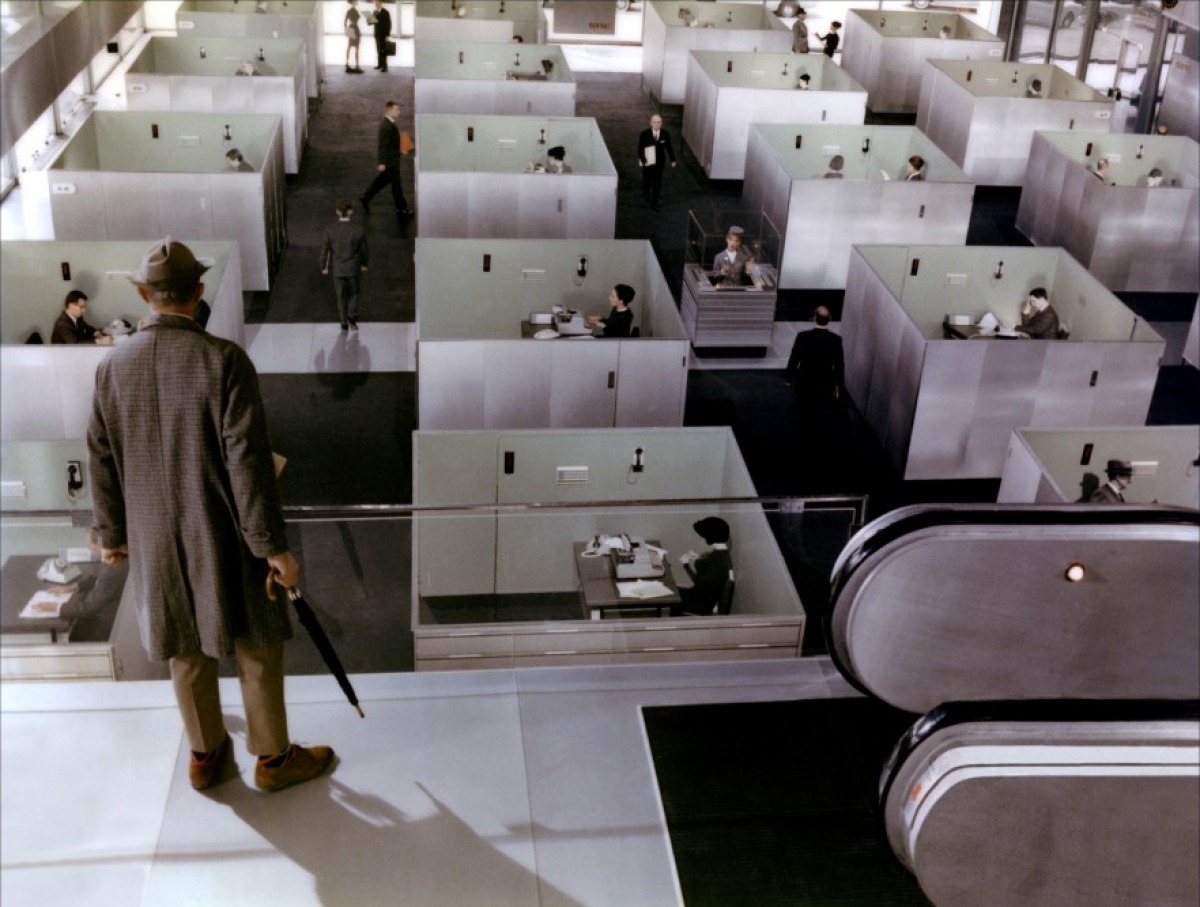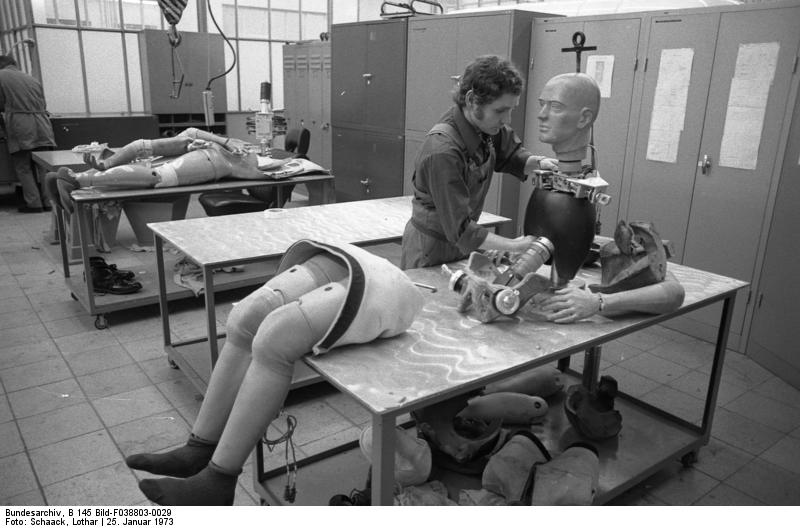
I don’t think corporations have necessarily entered into a certain and permanent decline as information technology expert Venkat Rao does in “A Brief History of the Corporation: 1600 to 2100,” but I really enjoyed his essay. I always like thinking about things building up or falling apart–stasis isn’t that interesting. The opening of Rao’s work:
“On 8 June, a Scottish banker named Alexander Fordyce shorted the collapsing Company’s shares in the London markets. But a momentary bounce-back in the stock ruined his plans, and he skipped town leaving £550,000 in debt. Much of this was owed to the Ayr Bank, which imploded. In less than three weeks, another 30 banks collapsed across Europe, bringing trade to a standstill. On July 15, the directors of the Company applied to the Bank of England for a £400,000 loan. Two weeks later, they wanted another £300,000. By August, the directors wanted a £1 million bailout. The news began leaking out and seemingly contrite executives, running from angry shareholders, faced furious Parliament members. By January, the terms of a comprehensive bailout were worked out, and the British government inserted its czars into the Company’s management to ensure compliance with its terms.
If this sounds eerily familiar, it shouldn’t. The year was 1772, exactly 239 years ago today, the apogee of power for the corporation as a business construct. The company was the British East India company (EIC). The bubble that burst was the East India Bubble. Between the founding of the EIC in 1600 and the post-subprime world of 2011, the idea of the corporation was born, matured, over-extended, reined-in, refined, patched, updated, over-extended again, propped-up and finally widely declared to be obsolete. Between 2011 and 2100, it will decline — hopefully gracefully — into a well-behaved retiree on the economic scene.
In its 400+ year history, the corporation has achieved extraordinary things, cutting around-the-world travel time from years to less than a day, putting a computer on every desk, a toilet in every home (nearly) and a cellphone within reach of every human. It even put a man on the Moon and kinda-sorta cured AIDS.
So it is a sort of grim privilege for the generations living today to watch the slow demise of such a spectacularly effective intellectual construct. The Age of Corporations is coming to an end. The traditional corporation won’t vanish, but it will cease to be the center of gravity of economic life in another generation or two. They will live on as religious institutions do today, as weakened ghosts of more vital institutions from centuries ago.
It is not yet time for the obituary (and that time may never come), but the sun is certainly setting on the Golden Age of corporations. It is time to review the memoirs of the corporation as an idea, and contemplate a post-corporate future framed by its gradual withdrawal from the center stage of the world’s economic affairs.” (Thanks TETW.)




